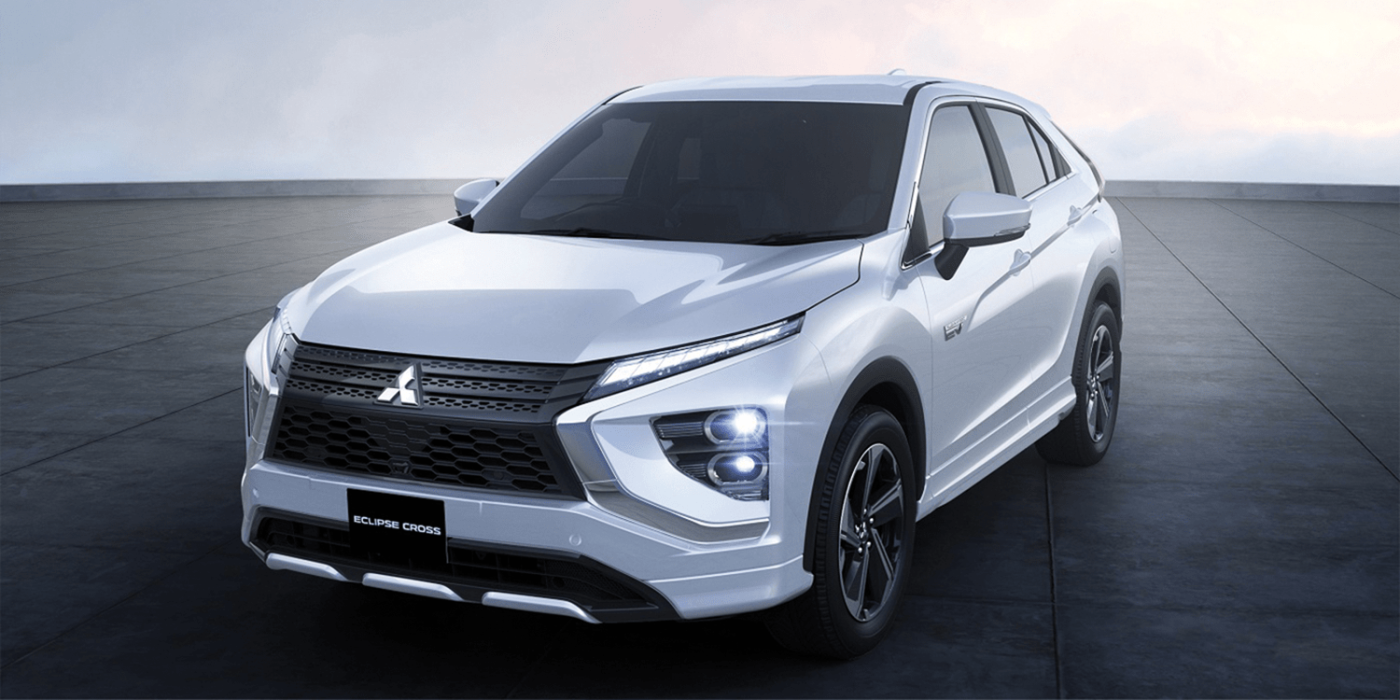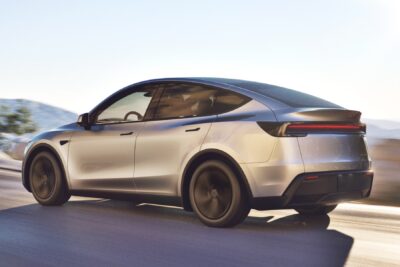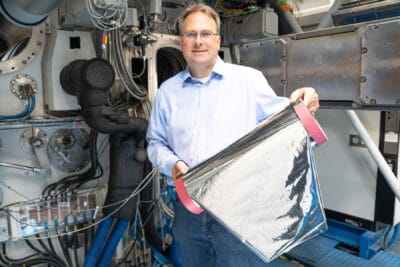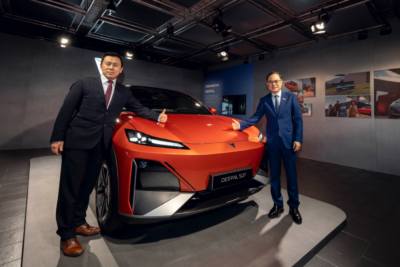Mitsubishi sets sights on PHEVs
Mitsubishi Motors is aiming for a 50 per cent share of electrified vehicles by 2030, with the main focus on plug-in hybrids as stated in the manufacturers’ new “environmental plan”.
With this plan, the Japanese automaker says it is aiming to reduce the CO2 emissions of its new car fleet by 40 per cent by 2030 compared to 2010. CO2 emissions from business operations are supposed to be reduced by 40 per cent by then, but the fiscal year 2014 is the basis for comparison here. The company insists that further measures are also to be taken to combat climate change. Among other things, the car manufacturer understands this to mean the use of V2X charging technologies to accelerate the spread of electric cars via grid-connected charging.
Part of Mitsubishi’s strategy is also to recycle batteries from these vehicles. The idea of recycling should already be incorporated into the development of the modules and packs so that they can be recycled more easily later. In addition, plastics from crude oil products are to be replaced by more sustainable materials.
Battery-electric models or vehicles with fuel cells do not appear to be part of the planning for the next ten years – or will not play a major role. Instead, the company says that Mitsubishi Motors Corporation wants to “further strengthen its environmentally friendly technologies using its plug-in hybrid electric vehicles”, but also to further improve the efficiency of cars with combustion engines. This may be related not only to the current model policy of the Japanese company but also to the new orientation.
The Japanese automaker is part of the Renault-Nissan-Mitsubishi manufacturers alliance, which restructured its global cooperation at the end of May. The core of this reorganization is the stronger regional division, with one brand per region taking the lead. Mitsubishi is responsible here for the ASEAN states and Oceania. Each of the companies is to concentrate on these defined core regions and be among the “most competitive” automakers there – and thus also increase the competitiveness of the partners.
In other words, in markets where battery-electric cars are promoted by politicians, the other two brands in the alliance are in the lead. Nissan is responsible for China and the US (where at least some states have strict zero-emission targets), while Renault is in the lead in Europe. For Europe, Mitsubishi announced in July that it no longer intends to launch new models. Existing series, however, are to be sold on.





2 Comments